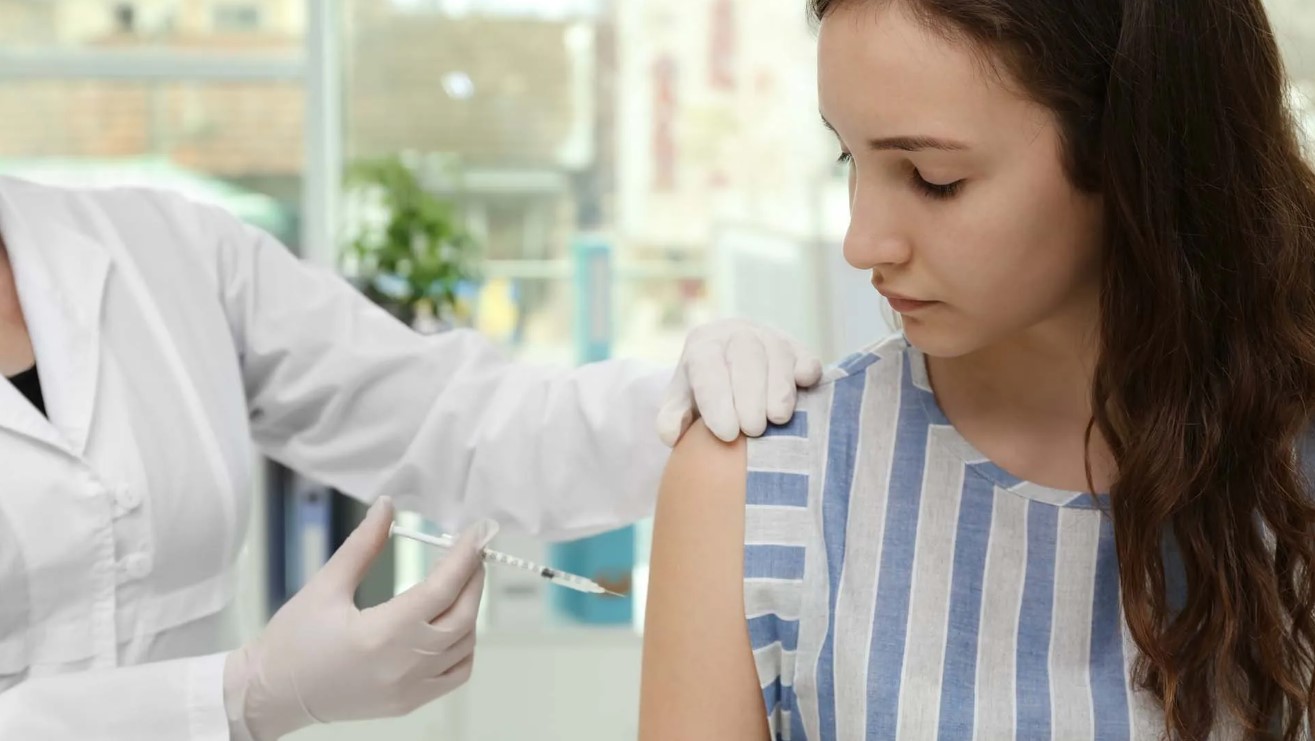Calls for Ukraine
Calls for Europe
Calls for USA

HPV vaccine, in combination with screening and treatment strategies, is known to reduce the incidence and mortality of cervical cancer. HPV vaccination between the ages of 9-14 effectively prevents HPV infection and cervical cancer, as well as other HPV-related cancers.
Since 2006, American women have been routinely vaccinated against HPV. By 2021, about 78.5% of American women will have been vaccinated with one or more doses of the vaccine. The population of women under the age of 25 is the first group expected to benefit significantly from the vaccine.
The incidence of cervical cancer among women younger than 25 years of age decreased significantly between 2012 and 2019, by 12% per year, resulting in a cumulative decrease in incidence of 65%.
This study looked for evidence that the reduction in HPV infections and the observed reduction in cervical cancer incidence led to a reduction in cervical cancer mortality in this group of women.
Data on cervical cancer mortality among women under age 25 in America were obtained from the National Center for Health Statistics. Using regression analysis, the researchers estimated a decrease in the number of cervical cancer deaths during this period compared to the continuation of the previous trend. This indirect inference method was necessary because cancer registry data does not take into account a patient’s HPV vaccination status.
Between 1992 and 2021, 398 cervical cancer deaths occurred in this group of women. From that period, and for five years starting in 2013, the rate began to decline to 3.7% per year. This was likely due to more widespread screening and the use of improved methods.
Between 2015 and 2019, this decline accelerated to 15.2% per year, bringing the total to 62% by 2019.
Taking two-year intervals, the number of deaths from cervical cancer declined from 55 per 1,00,000 person-years in 1992-1994 to 35 in 2013-2015, and reached a low of 13 in 2019-2021. Comparing these trends, the number of deaths averted from this cause between 2016 and 2021 is 26, compared to the estimated number.
The current study showed a dramatic decrease in cervical cancer mortality among U.S. women younger than 25 years of age between 2016 and 2021. This suggests that “HPV vaccination had an impact on the consistent decline in HPV infection prevalence, cervical cancer incidence, and cervical cancer mortality.”
It should be noted that the statistical power of this study is limited by the small number of cervical cancer deaths in some of the years considered because of the rarity of the disease in young women.
While 79.3% of U.S. adolescents received HPV vaccination in 2022, in 2023, coverage dropped to 75.9%, not increased.
The results of this study suggest the need to increase HPV vaccination coverage to stabilize and further reduce the incidence of cervical cancer among young women.
Please rate the work of MedTour
